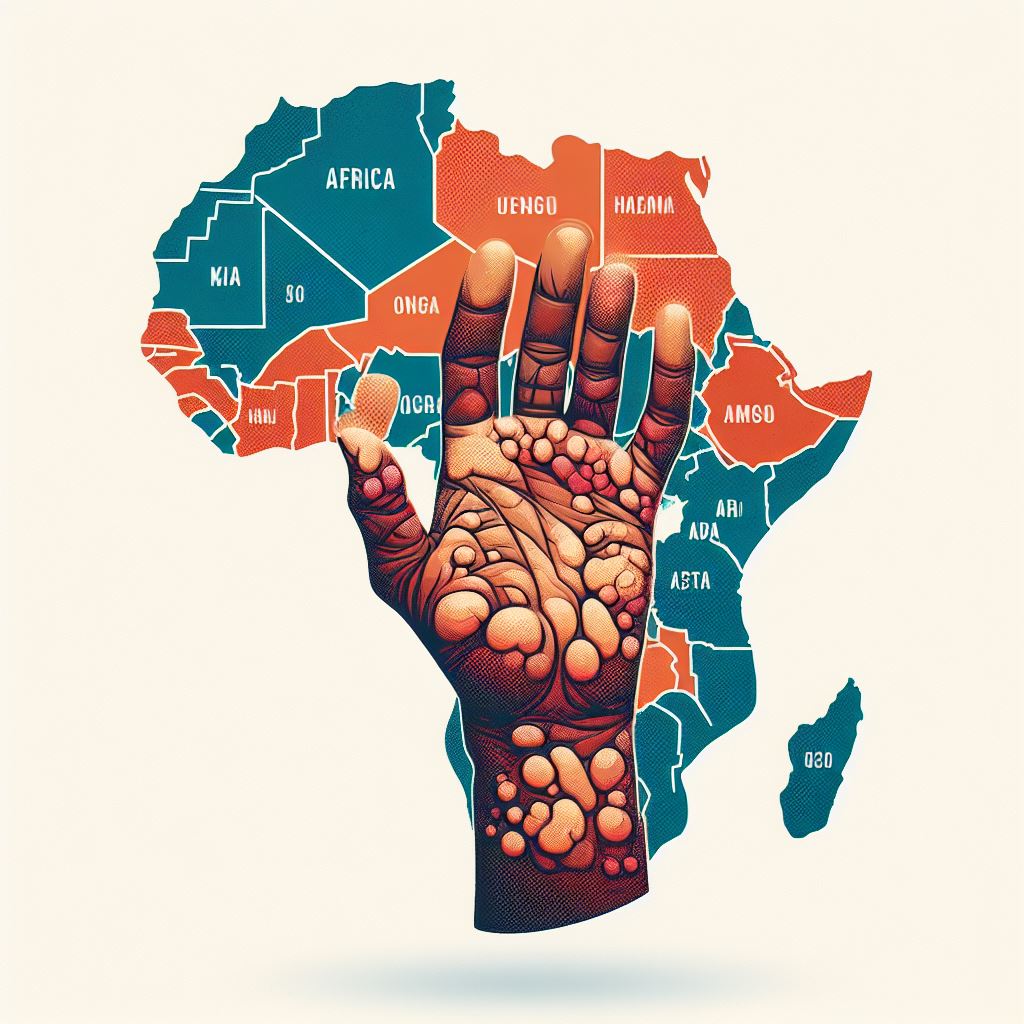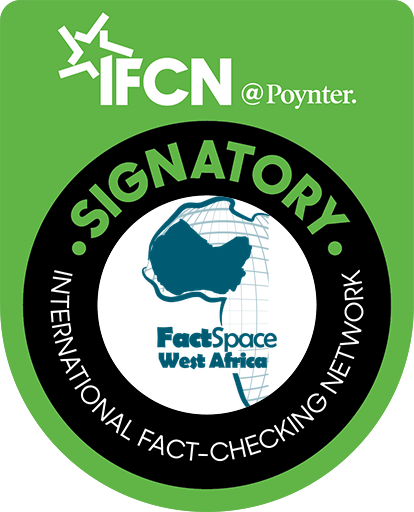Ghana has detected at least 200 new cases of leprosy annually in the last five years and widespread myths and misconceptions about the disease are serving as a barrier to efforts to reduce new cases.
According to the Ghana Health Service, 221 new cases of leprosy were recorded in Ghana by end of September 2023, of which seven, were children.
There were 174,087 new cases reported globally in 2022, with 22,022 (12.6%) new cases from 42 out of 47 countries in the African Region.
What is Leprosy?
Leprosy is a chronic infectious disease that is caused by a type of bacteria called Mycobacterium leprae. It commonly causes severe nerve damage and disfiguring pale-coloured skin sores on the arms and legs.
Nerve damage can affect the eyes, lead to muscle weakness and a loss of feeling in the arms and legs.
Here are some myths, misconceptions and facts about Leprosy
- Myth: Leprosy is highly contagious.
- Fact: Transmission requires prolonged, close contact, and the disease is not spread through casual interactions.
- Myth: Leprosy leads to inevitable deformity.
- Fact: Early diagnosis and prompt treatment with MDT can prevent disabilities.
- Myth: Leprosy is a curse or punishment.
- Fact:Leprosy is a bacterial infection; it is not a result of personal actions or moral judgment.
- Myth: Leprosy is untreatable.
- Fact: Leprosy is curable with a well-established and effective multi-drug therapy.
- Myth: All skin conditions indicate leprosy.
- Fact: Leprosy diagnosis requires specific signs, and not all skin conditions are indicative of the disease.
- Myth: Leprosy is only a problem in the past.
- Fact: Leprosy persists globally, necessitating ongoing efforts for prevention, treatment, and elimination.
How is leprosy transmitted?
Leprosy spreads through respiratory droplets, necessitating prolonged and close contact with untreated individuals. Casual interactions like handshakes or hugs do not transmit the disease, and transmission ceases once treatment begins.
Leprosy often develops after many years and possibly even decades of the initial exposure to the leprosy-causing bacteria.
Treatment and Prevention
- Leprosyis curable using multi-drug therapy (MDT) comprising dapsone, rifampicin, and clofazimine.
- MDT lasts six months for PB and 12 months for MB cases. Early diagnosis and prompt treatment prevent disabilities. WHO provides free MDT, initially funded by The Nippon Foundation and later through an agreement with Novartis. Case detection and MDT alone are insufficient
- The World Health Organisation recommendstracing contacts and administering a single dose of rifampicin as preventive chemotherapy to prevent leprosyspread.
By: David Yovo-Ofori





